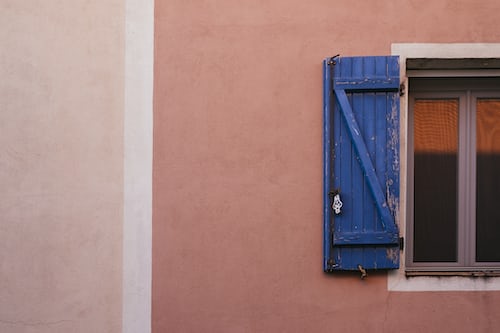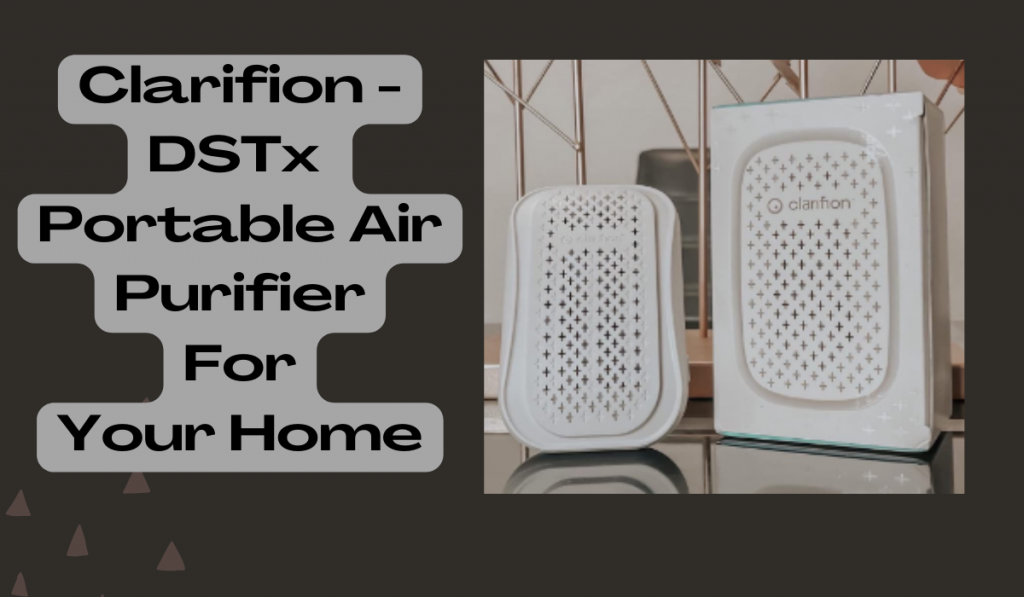When purchasing a second-hand house, it’s crucial to be thorough in your assessment to ensure you’re making a wise investment.
Here’s a comprehensive guide detailing what to look for:
- Structural Integrity
When considering a second-hand house, assessing its structural integrity is paramount. This involves a thorough inspection of the building’s foundation and framework. Check for any visible cracks in the walls, especially those that are wide or extending, as these could signify foundational issues.
Pay attention to cracks around doorframes and windows, as they often indicate settling or movement in the structure.
Also, evaluate the level of the floors. Floors that slope or feel uneven can be a sign of foundation problems. This can lead to more significant issues down the line, such as difficulty in maintaining level floors or potential risks in the stability of the house.
Additionally, inspect the condition of the roof structure from the inside, if possible. Look in the attic space for any signs of sagging or damage to the roof trusses or rafters. This could suggest problems with the roof, which might need addressing.
Lastly, consider the exterior elements like porches, patios, and any external structures such as garages or sheds. These should also be structurally sound and well-maintained, as their condition can impact the overall value and safety of the property.
- Roof Condition
Inspecting the roof is a critical step when evaluating a second-hand house, as its condition can significantly indicate the property’s overall maintenance and future costs. To ensure a thorough and professional assessment, it’s wise to engage a commercial roofing company.
These experts have the skills and tools to accurately determine the roof’s age and assess its lifespan, which varies depending on the material used. For instance, while asphalt shingles may last about 20 years, metal or tile roofs can have a much longer lifespan.
A roofing company will conduct a detailed physical inspection of the roof, looking for signs of wear and tear such as missing, broken, or curling shingles, common indicators of an aging roof. They will also check for moss or algae growth, which can suggest harmful moisture retention in roofing materials.
Moreover, these professionals will examine the gutters and downspouts to ensure they are securely attached, clear of debris, and in good condition.
This inspection is vital since proper guttering is essential for effective water drainage, playing a crucial role in preventing water damage to both the roof and the foundations of the house.
- Plumbing and Electrical Systems
The plumbing and electrical systems in a second-hand house are critical components that require careful inspection. For plumbing, check all water fixtures, including taps, showers, and toilets, for proper operation.
Look for leaks or signs of water damage under sinks and around toilets and tubs. Inquire about the age of the plumbing system and whether any major work has been done recently.
Examine the water heater’s condition and age, as replacing one can be costly. Also, assess the water pressure in various parts of the house and look for any slow drains, which could indicate plumbing issues.
Regarding the electrical system, ensure that the house has enough power outlets and that they are in good working order. Check for any exposed wiring or oddly functioning switches and fixtures. The electrical panel should not have any rust or signs of water damage, and all circuits should be clearly labeled.
It’s also important to consider the age of the electrical system. Older systems might not be up to current safety standards or may not support the electrical demands of modern appliances and devices. Hiring a professional electrician to inspect the electrical system is a prudent step, as they can identify potential hazards and suggest necessary upgrades.
- Heating, Ventilation, and Air Conditioning (HVAC)
The heating, ventilation, and air conditioning (HVAC) system in a second-hand house plays a crucial role in ensuring comfort and energy efficiency. Start by testing the heating and air conditioning units to check their functionality. Listen for unusual noises or odors, which can indicate problems.
Check the age and condition of the furnace, air conditioner, and any other HVAC equipment. Older systems may be less efficient and closer to the end of their useful life, potentially requiring costly replacements. Also, examine the ductwork for signs of wear, damage, or poor insulation, as these can impact the system’s efficiency.
Inspect the filters in the HVAC system. Dirty or clogged filters can reduce air quality and strain the system, leading to higher energy bills and shortened equipment life. Also, consider the type of thermostat and whether it’s programmable, as this can affect energy usage and costs.
It’s also worth assessing the house’s overall insulation and ventilation. Proper insulation in walls, attics, and basements contributes to energy efficiency and comfort. Adequate ventilation is crucial for air quality and moisture control, particularly in areas like bathrooms and kitchens.
Given the complexity and importance of the HVAC system, hiring a professional for a detailed inspection is advisable. They can provide insights into the system’s condition, efficiency, and potential future maintenance needs.
- Interior and Exterior Aesthetics
While structural and mechanical aspects are crucial, the aesthetics of a second-hand house also merit attention. On the inside, assess the condition of the walls and ceilings. Look for cracks, water stains, or signs of mold, as these can indicate deeper issues like water damage or poor ventilation.
Evaluate the flooring throughout the house. Whether it’s hardwood, carpet, or tile, check for signs of wear, damage, or unevenness. Flooring can be costly to replace or repair, so understanding its condition is essential for budgeting.
Consider the condition of windows and doors. They should operate smoothly and be free from damage. Check for drafts or signs of poor insulation, as these can impact heating and cooling costs.
On the exterior, examine the condition of the paint, siding, and any brickwork. Peeling paint, damaged siding, or deteriorating bricks can be signs of neglect and may require repair. Also, assess the condition of any decks, patios, or porches. These areas should be structurally sound and well-maintained.
Conclusion
When buying a second-hand house, it’s essential to conduct a thorough evaluation covering various critical aspects. This includes assessing the structural integrity, roof condition, plumbing and electrical systems, HVAC system, and both interior and exterior aesthetics.
Each of these areas plays a pivotal role in determining the overall value, safety, and livability of the property. Paying attention to these details can help you avoid costly repairs and ensure that your investment is sound.
James Martin is a passionate writer and the founder of OnTimeMagazines & EastLifePro. He loves to write principally about technology trends. He loves to share his opinion on what’s happening in tech around the world.


